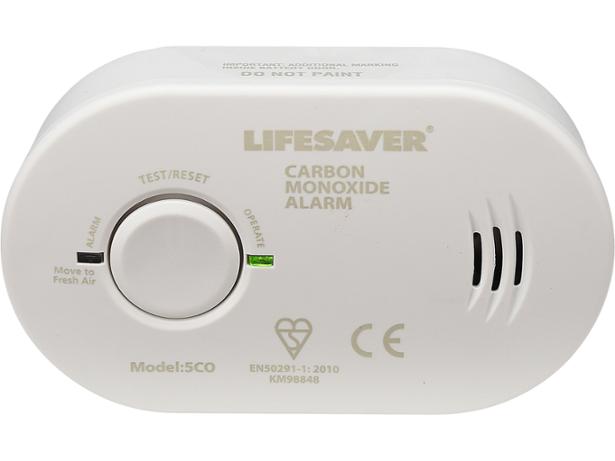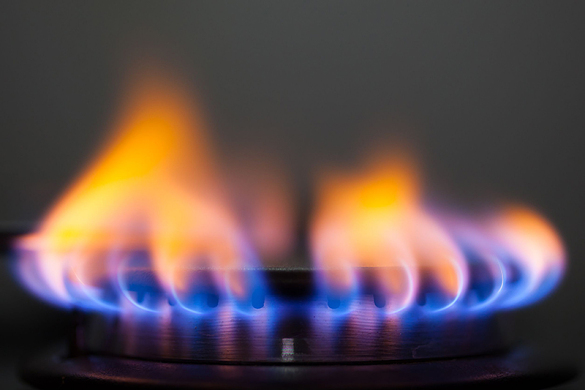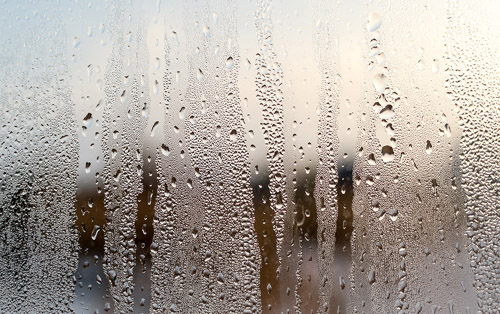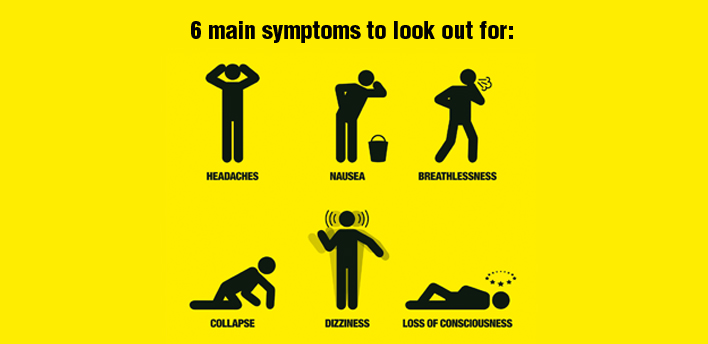However, once the water is in our home it is our responsibility. If the supplied potable water is polluted or contaminated after it enters our property then it is not the responsibility of the water companies.
How can potable water become contaminated once it enters our property? Surely it runs in sealed pipes right?
Water flows into our homes in one direction. However, sometimes due to pressure changes in the pipework it can actually flow backwards. This backwards flowing water could potentially be contaminated.Where could backflow happen in my home?
Let's say you've got an outside tap with a hose attached and you're watering the garden or maybe cleaning the car. You decide you need a break and to use the toilet. You put the hose down and leave it running in a bucket or in a puddle outside. You then go into the house to use the toilet. You flush the toilet. You then turn the basin taps on to wash your hands. As the pressure is now diverted through the pipes to your toilet cistern and to your basin taps it can pull water back up your garden hose and into your mains water supply. The water that is drawn back in could potentially be contaminated (especially if you have one of those attachments that contain fertilizer or maybe even car shampoo on the end of your hose).Can backflow happen anywhere else in the home?
Fortunately washing machines and dishwasher have inbuilt backflow prevention. Taps in the home have an air gap (space between the tap outlet and any possible contaminated water). Valves such as those in your toilet or tank also have air gaps or inbuilt backflow prevention.One potential danger of backflow is if you have a shower attachment on your bath taps. If you use the shower head whilst having a bath and then let it drop into the bath water, contaminated bath water could backflow into your mains water supply. Some proper showers (not like the attachments below) have backflow devices built in whilst most also have a bracket on the riser rail which will prevent the shower head falling into the bath.
 |
| using a shower attachment whilst having a bath is a potential cause of backflow |
How do I prevent backflow from my garden tap?
You need a DOUBLE-CHECK VALVE. This allows water to flow in one direction (to your tap) by forcing a spring open inside the valve. However, if water tries to flow in the opposite direction (back into your home) the spring closes preventing this from happening. |
| a typical double-check valve (arrow shows flow direction) |
The DOUBLE-CHECK valve must be fitted on the pipework running to your tap before it goes outside. You may be aware that some outside taps incorporate a built in double-check valve within the tap body. However, on new installations these are no longer allowed (Water Regulations) as they can freeze in winter, jam up and become ineffective. I have seen this happen a few times where homeowners try to use their outside tap for the first time after winter but find that no water comes out at all. Basically the double-check valve has seized in the closed position (they can also seize in the open position). So the valve should be protected from frost by installing it within the fabric of the property.
 |
| double-check valve damaged by frost |
If you get a new outside tap fitted make sure it in installed with a separate double-check valve inside your property. And don't forget, it is an important safety device to protect you and your family.
For more advice on outside taps, please refer to my previous post https://sjeplumbingas.blogspot.com/2017/10/why-its-worth-paying-to-get-proper.html























